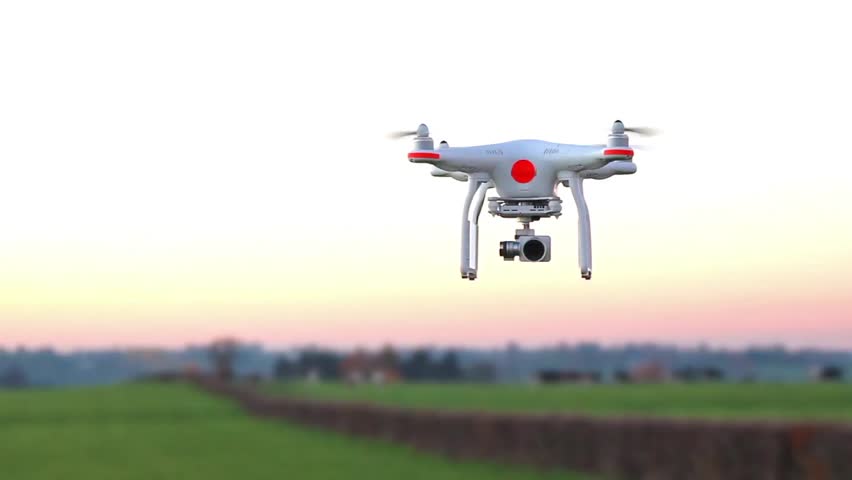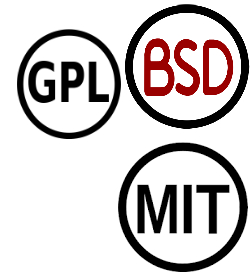Want a $1000 hoodie? Get yourself a bot.

If you’re at all familiar with New York streetwear fashion brand Supreme, you probably already know that their online product releases (commonly referred to as “drops”) sell out fast. We’re talking less than two minutes for one 2016 drop, with many products disappearing from the site in 15 seconds or less.






